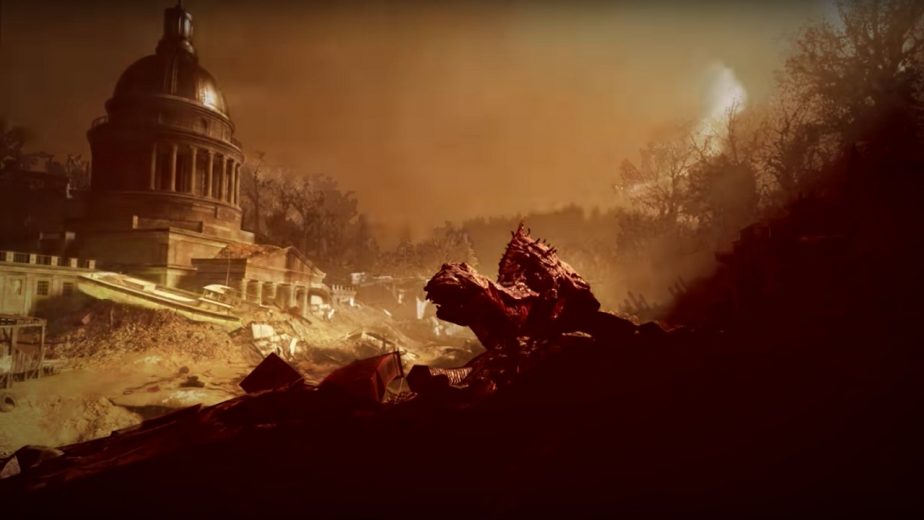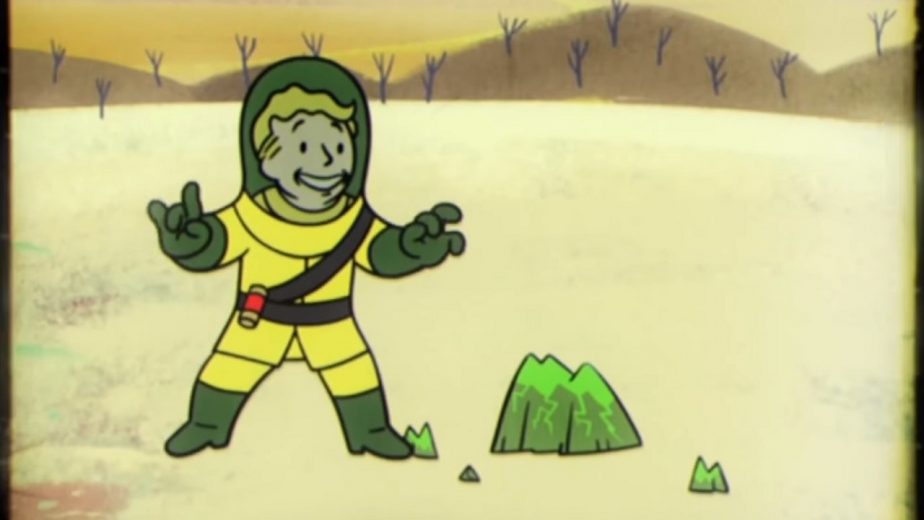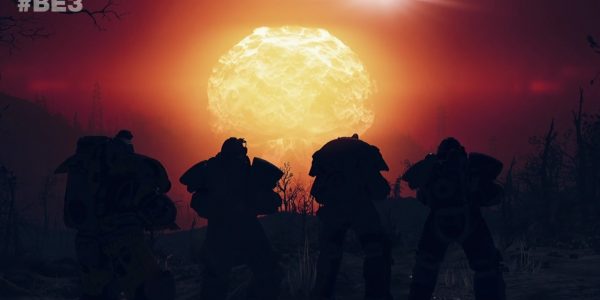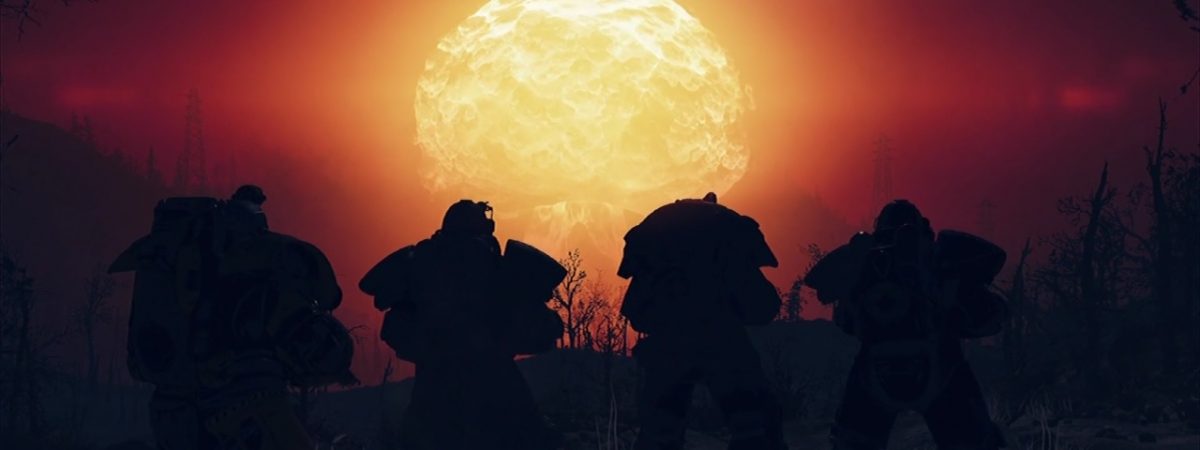The Fallout series’ association with nuclear annihilation is common knowledge, as is the look of the United States after two centuries of nuclear fallout. However, is this depiction at all accurate for what such a situation might really be like? In a recent interview, a nuclear physicist from the University of Surrey delved into that very question.
How Well Does the Fallout 76 Nuclear Fallout Compare to the Real Thing?
Professor Paddy Regan, who works for both the University of Surrey and the National Physical Laboratory, is a specialist in radiation and other aspects of nuclear energy. He was recently interviewed by PCGamesN, who asked a variety of questions about the realism of Fallout 76. Professor Regan first admitted that he wasn’t familiar with the Fallout series; “I can tell you I’m not at all familiar with Fallout,” he says; “because I’m a 51-year-old crappy, mean father. I’ve got a 14-year-old son who spends his entire life playing Fortnite, which I’m told is normal.”

The first and perhaps most interesting question concerned the Vault-Tec fallout shelters which are so synonymous with the series; would they really protect people for two hundred years. Regan’s answer? No. Absolutely not. In fact, the people in the vaults could end up worse off; “The amount of radiation that happens immediately is not insignificant,” he explains; “but most of the radioactive material becomes not radioactive pretty soon after that nuclear weapon has exploded. The half-life for most of the stuff that comes out of fission fragments is much shorter than years. After about ten or fifteen days, you’ve got a limited amount of different radioactive isotopes that are present. And after thirty years there are only two that are actually of significant strength. Actually living twenty-five years in a bunker would be more dangerous than coming out. If you were in a bunker for thirty years, it’s possible there would be a risk of cancer you would not have got.”

The Portrayal of West Virginia
While Vault-Tec’s vaults might not be very practical, Fallout 76 scores a bit better for realism in its depiction of West Virginia filled with living flora. Regan pointed out that a nuclear weapon’s blast radius is relatively small; just a few miles across. On a national or international scale, this would leave vast swathes of land untouched by the blasts; “What kills people is the infrastructure that’s wiped out,” explains Regan; “no communication, no access to food or running water, sewage, cholera. Same as an earthquake. Counter-intuitively, what has happened there [Chernobyl] is that the ecology of the local environment has massively improved. They have species thriving there that were not there for the past 150 years. And the reason is because there are no humans there. Animals live for a relatively short time – if there are no human predators messing up the environment, then actually nature’s pretty good at swapping out radioactive materials.”




